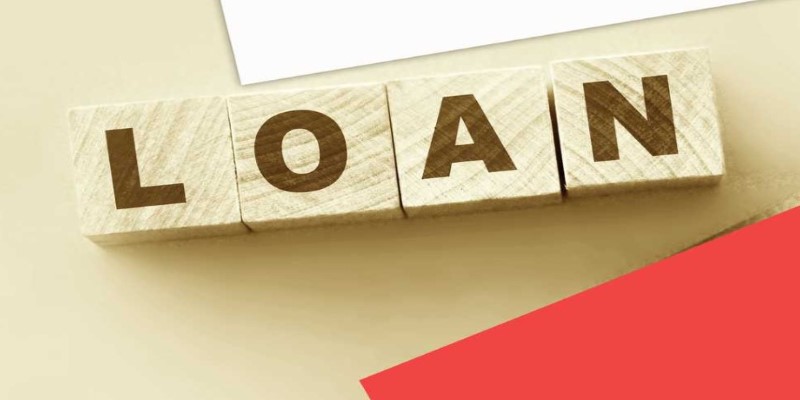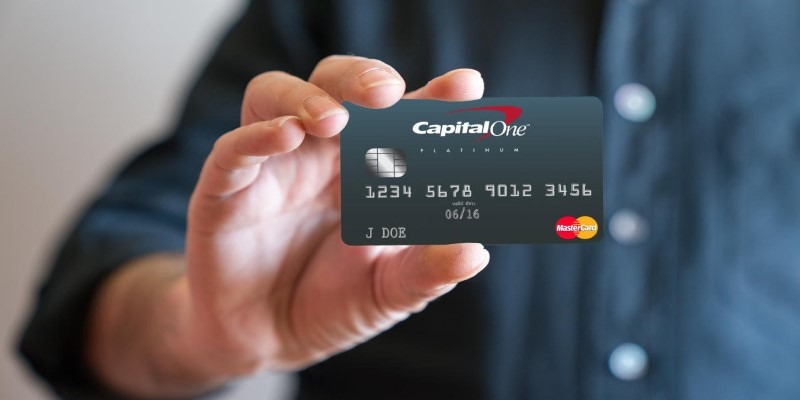Advertisement
For individuals on a tight budget, accessing affordable loans can be challenging. However, low-income loans exist to bridge the gap, providing financial relief without the burden of overwhelming repayment terms.

These personal loans cater specifically to individuals and families with limited income, offering flexible options for those who might not qualify for traditional loans. In this guide, well explore nine options for low-income loans, breaking down their features and how they can help you manage your finances.
Low-income loans are designed for borrowers who earn below a certain income threshold, making it difficult for them to access conventional credit options. These loans often come with lower interest rates and flexible repayment terms and are easier to qualify for than standard personal loans.
The goal is to offer financial support without leading the borrower into deeper debt, making these loans ideal for those facing financial difficulties or unexpected expenses.
The primary difference between low-income loans and traditional loans is the qualification criteria. Standard loans typically rely heavily on credit scores and income levels, leaving those with low or inconsistent earnings at a disadvantage. Low-income loans take a more holistic approach, considering factors like your overall financial situation, ability to repay, and sometimes even your utility or rent payment history instead of just your credit score.

Credit unions are nonprofit organizations that aim to serve their members rather than generate profits. As a result, they often provide more favorable loan terms compared to traditional banks. Many credit unions offer personal loans designed specifically for low-income members, featuring lower interest rates, flexible terms, and minimal fees. If you belong to a credit union or can join one, this is often one of the most affordable options available.
For individuals struggling with payday loan traps, Federal Credit Unions offer Payday Alternative Loans (PALs). These loans are specifically designed to provide small-dollar loans at much lower interest rates than payday lenders, helping borrowers avoid getting stuck in a cycle of debt. PALs typically range from $200 to $1,000, with repayment periods of up to six months, providing a more sustainable option for low-income borrowers.
Various government agencies offer low-income loan programs that provide financial assistance to individuals and families facing hardships. For example, the U.S. Department of Agriculture (USDA) offers loans to low-income individuals in rural areas to help them cover essential expenses like housing repairs or education. These government-backed loans often come with low-interest rates and extended repayment terms.
Peer-to-peer lending platforms allow individuals to borrow directly from investors, bypassing traditional financial institutions. This can make it easier for low-income individuals to access loans, as investors may be more willing to take on a slightly higher risk in exchange for better interest returns. Rates and terms vary, but peer-to-peer lending can provide another option for those struggling to secure a loan from a bank or credit union.
Nonprofit organizations often provide financial assistance and low-income loans to individuals who are struggling. These loans may be targeted toward specific needs like education, medical bills, or housing, but many nonprofits offer more general personal loans as well. Nonprofit loans are typically easier to qualify for and come with very favorable terms to ensure the borrower doesn't face financial hardship due to repayment.
Many online lenders specialize in providing loans to individuals with less-than-ideal financial profiles, including low-income borrowers. These lenders often have more lenient requirements, and the application process can be faster and more straightforward compared to traditional banks. Be sure to compare rates and read the fine print, as some online loans may have higher interest rates depending on your credit and income levels.
Secured personal loans require the borrower to provide collateral, such as a car or savings account, to back the loan. Because the lender has the security of the collateral, these loans often come with lower interest rates, making them more accessible to low-income borrowers. However, the risk lies in losing your collateral if youre unable to make payments, so these loans should be considered carefully.

Microloans are small loans, often less than $50,000, designed to help individuals or small businesses that lack access to traditional financing. These loans are often provided by nonprofit organizations, government programs, or community-based lenders, and they are particularly useful for low-income borrowers looking to start a small business or cover personal expenses. Microloans typically have flexible terms and lower interest rates compared to standard personal loans.
While borrowing from family or friends may not be the first option that comes to mind, it can provide an interest-free or low-interest solution for those in tight financial situations. If you choose to go this route, its important to treat the loan formally, setting up clear terms and a repayment plan to avoid any potential misunderstandings or damaged relationships.
Low-income loans can provide a lifeline for individuals in financial distress, but they arent without their challenges. Heres a quick breakdown of the pros and cons:
Low-income loans offer a much-needed financial lifeline for those on a tight budget, providing access to funds without overwhelming repayment terms. By exploring options like credit union loans, government-supported loans, and nonprofit microloans, individuals can find a solution that fits their specific financial needs.
However, it's crucial to carefully compare rates and terms to avoid falling into deeper debt. Whether through traditional institutions, government programs, or peer-to-peer platforms, low-income personal loans can offer a way to cover essential expenses without financial strain.
Advertisement

By Madison Evans/Dec 06, 2024

By Susan Kelly/Feb 28, 2025

By Jennifer Redmond/Oct 14, 2024

By Noa Ensign/Oct 14, 2024

By Gabrielle Bennett /Oct 14, 2024

By Sid Leonard/Oct 09, 2024

By Kristina Cappetta/Nov 09, 2024

By Celia Kreitner/Jan 04, 2025

By Pamela Andrew/Oct 09, 2024

By Aldrich Acheson/Oct 07, 2024

By Darnell Malan/Dec 07, 2024

By Triston Martin/Mar 17, 2025